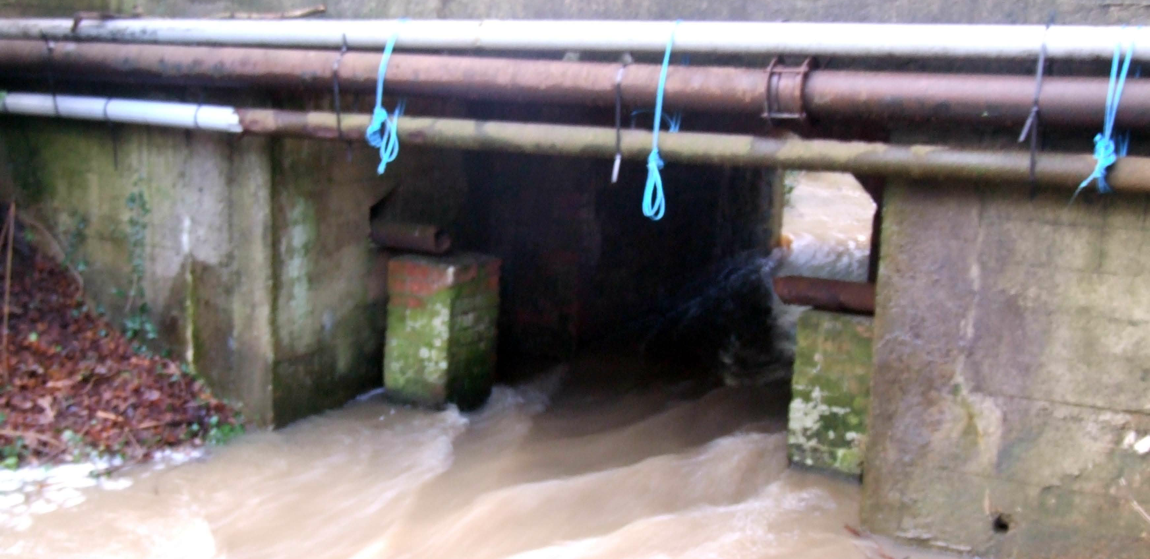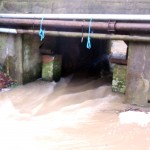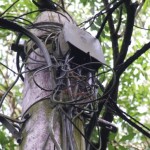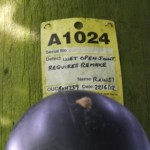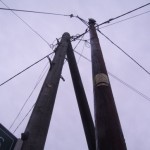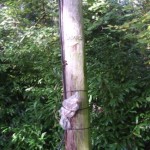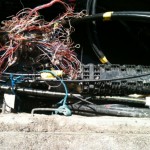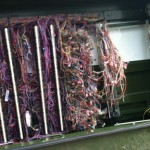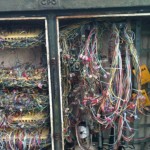Attempting to explain some of the mystique surrounding broadband connections, (mostly) in layman’s terms.
I will attempt here to clarify some of the mystery surrounding fibre broadband connections while also offering suggestions for how to overcome some of the more confusing aspects of obtaining a faster service.
Virgin Media (mainly in urban areas) and BT describe their products as Fibre Broadband, although they both only use fibre-optic (glass) cables up to the street cabinets. Virgin then have a single coaxial cable t provide a reliable connection up to 150 Mbps to many properties along each road, whereas BT’s broadband delivers their services by sharing individual aging twisted pair telephone lines.
The BT solution is crucially dependent on good quality short lines (around 300m) between your new green cabinet (where the faster equipment is located) and your property, to achieve their fastest speeds, though sadly, many have quite long telephone lines that are often in a poor state of repair and some longer lines are not offered any service improvement at all. Poor installation practice complicates matters, and often fails to achieve optimum broadband performance. Note also that the faster services are usually available at an increased cost, with additional costs charged by Internet Service Providers (ISPs) sometimes hidden by low monthly usage limits.
The BT Group are responsible for the delivery of both phone and broadband, although you can pay for those services via a number of different service providers to which BT Wholesale offers the services (all of which rely on BT Openreach to maintain and install new services). Repairs are inevitably required, so the quality and ease of fault rectification is an important factor when selecting an ISP. Unsurprisingly, there is reluctance to replace the ageing line plant, and BT along with others’ lower cost options sometimes suffer with “customer diversion” tactics.
Discovering Availability
Surrey CC publishes lists of all the postcodes where their subsidised services are usually available, but exclude the so-called commercial deployment areas. The postcode data includes all properties regardless of quality and sometimes even availability. BT Wholesale offers an estimate for those lines where they currently provide a service, however if you use other suppliers such as Sky and the Carphone Warehouse group (TalkTalk, AOL, Tiscali etc.) you must rely on the BT Wholesale Availability Checker (although the figures are often identical).
There are a number of quite serious errors within the BT Wholesale database, so it’s important to verify the estimates where practicable. Checking both phone number and address is useful, as is checking neighbours’ addresses as well. If you are unfortunate enough to have bad substandard lines, the checker hides the fact that your green cabinet is available but useless; although the estimate page does contain the phrase “Fibre multicast” (for sport, etc.) is available”, so you can detected that you are excluded. It’s a good idea to measure the distance between your property and the green cabinet, too, taking account of the line route if it is known. Surrey CC’s valuable interactive mapping utility includes a distance measuring tool.
BT Wholesale Broadband Availability Checker
The speed estimation is based upon existing line quality and distance from the Distribution Point (DP). This is the point on the cable where multiple services separate down to smaller or single lines fanning out to individual houses. The compromise is reasonably satisfactory where the houses are all grouped a short distance away from the DP, but it is notoriously bad where several kilometres of single cables continue to a small cluster or a single house.
There are strong indications that BT Wholesale recently increased the threshold, to prohibit the poorer lines from obtaining any faster service at all. As well as line distance to the green cabinet, there are large differences in line quality, depending upon the conductor thickness and the number of joints sometimes damaged by water ingress (and, no doubt, many other causes). Also, line routings do not always follow the most direct route, especially if there has been property development since original phone lines were installed, and though it may be very frustrating for the end user, it would be quite impossible from a cost viewpoint for BT Openreach to re-wire even a fraction of the UK. If the UK, though, is to prosper the entire country must somehow install true fibre to every property. Of course, this is almost impossible within the current Political and Commercial climate, except for a few tiny commercial ventures and some quite remarkable rural Community efforts like www.B4RN.org.uk.
It should be noted that the BT Wholesale Broadband Availability Checker figures are not used to justify repair activity by BT Openreach until the actual speed has deteriorated well below the lowest estimated speed. In some cases, the estimate is dropped when repair activities have not met with full success, presumably to avoid a repeat site visit.
If a property does not have any BT phone line, the BT Wholesale Broadband Availability Checker won’t provide any estimate at all. In such a case the unfortunate resident may have a lot of bother and obfuscation to obtain a faster service as without a BT Wholesale estimate it can be near impossible to obtain a faster service. One approach is to contact BT Care via twitter, even if you have no intention of selecting a BT retail offering.
As a last resort you might ask for a helping hand from your MP.
Installation Procedures
BT Openreach often employ subcontractors to install new faster broadband services, personnel who for the most part are not equipped with any expensive test instruments nor trained in their use. A subcontractor’s remit is to observe the DSL (Digital Subscriber Line) connection light that indicates that the modem has synchronised (i.e., connected) to the green cabinet at any speed. The modem and cabinet equipment then observe the line performance over a period of at least one day. up to the 10 days “training period” BT Wholesale quote. Unsurprisingly, line speeds rarely improve over time without a BT Openreach repair visit, which must be arranged by your chosen Internet Service Provider (ISP) after you have completed your own investigations.
Importantly, subcontractors do not examine the end user’s house wiring (it isn’t BT’s property), which can leave the end user ignorant of whether their house wiring may be causing severe line performance problems. Of course, BT Openreach do offer a line improvement service…at some cost.
Optimising House Wiring
Many houses have quite complicated line extensions, some of which can be wrongly connected. As the faster services are much more fragile, it is imperative that the new modem be connected directly to the master socket, possibly with a new extension socket, but without any other house wiring involved. All extensions must be connected AFTER the new master socket integral filter, which should be provided as part of the installation. It follows, naturally, that many problems are best avoided by optimising house wiring BEFORE installation day.
BT Openreach Maintenance
Even a casual observer can see that the Public Switched Telephone network is not being adequately maintained in some cases. The BT Group only have a “Universal Service Obligation” for a phone line; all domestic broadband services are only provided on a best endeavours basis.
Modem Speed Operation
Discovering how a broadband modem operates is not an easy task as there are many complex factors involved. Some aspects involve the Dynamic Line Management (DLM) function, which attempts to maintain an optimum speed but that can be confounded if an intermittent line fault is present. DLM will then reduce the line’s performance in an attempt to maintain a stable connection.
Matters are made even worse as BT Openreach lock their modems down so the end user is unable to monitor the line condition in sufficient detail. Most users are probably limited to recording speed tests at various times of the day and night. A specialist, though, can unlock one modem giving access to vast amounts of data recorded continuously. The BT Group also has access to similar data available for every line connected through one of the new cabinets. Finally, BT Openreach engineers have test instruments that allow them access to some of the parameters, but not usually over the long periods necessary to investigate intermittent noise-induced problems.
